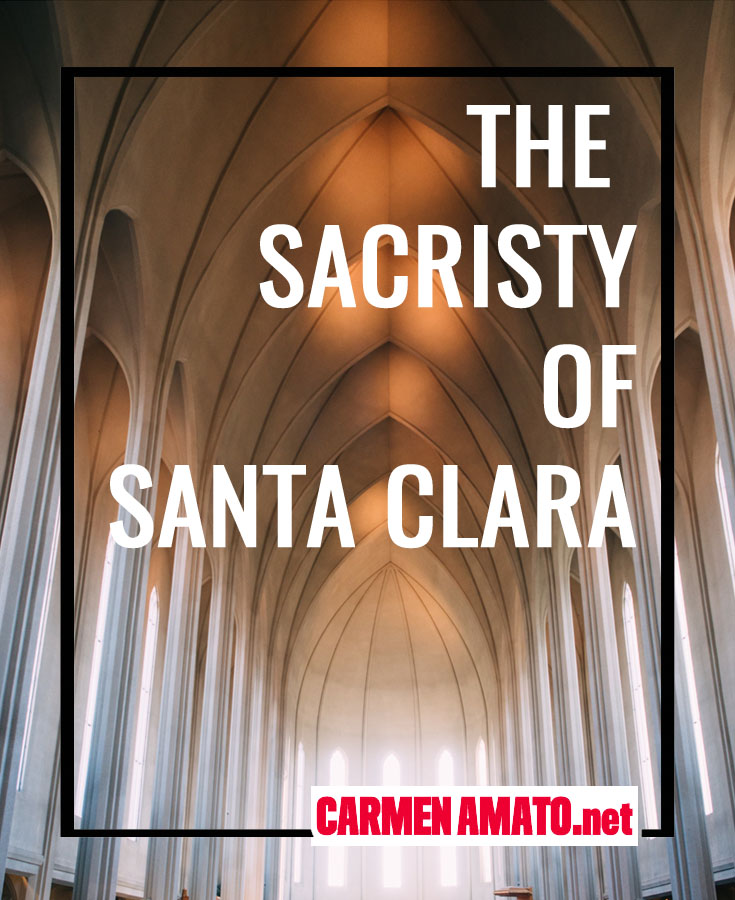The Hidden Light of Mexico City contains a number of references from my own experiences in Mexico City. I’ve already written about the class struggle of simply standing in a line but also wanted to share a sadder, more compelling event that helped shape the book’s narrative through the character of Father Santiago.
Related: Read HIDDEN LIGHT’S First 2 Chapters
Father Richard
Father Richard Junius–or Padre Ricardo–was the pastor at St. Patrick’s Catholic Church in Mexico City when I lived there. He was an Oblate Missionary who had been in Mexico for years, ministering mostly to the rural poor. St. Patrick’s was a sizeable urban parish in a fairly tough neighborhood. It was the only designated English-speaking church in the city.
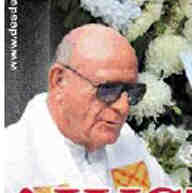
Years ago the church had sold off the school building next door. Funds from the sale were held in escrow by the diocese for maintenance of the church and attached rectory. The previous pastor had been removed due to a number of misconducts; when Father Richard arrived we were all cautiously hopeful that the new priest would set things right.
St. Patrick’s sacristy was a place I came to know well; the ladies of the parish cleaned it up for the incoming priest, removing layers of grime and polishing the few silver items the church possessed. My son was an altar server and I remade and cleaned all of the altar server vestments, hanging them in the room’s small closet. The description of the sacristy of the church of Santa Clara in The Hidden Light of Mexico City is based on St. Patrick’s.
Father Richard was old and patient and tireless in his efforts to reach out to the local community and deal with their family issues. He made his new English-speaking congregation aware of prison irregularities in Mexico and didn’t flinch when an armed drug addict, stoned out of his mind, walked through the church and accosted him on the altar during midnight Mass. He spent nothing on his clothing, wearing threadbare corduroy pants and sweaters that became the fictional Father Santiago’s wardrobe.
Controversy
Father Richard had spent most of his time in Mexico in rural areas. Now in Mexico City, he seemed naive in the midst of Mexico’s spiraling crime and drug war.
Twice he was assaulted and robbed while alone in the church counting the Sunday collection. When parishioners insisted that the funds be handled differently, he disagreed, adamant that church funds were solely his responsibility and that he would not close the church at any time.
He lent a substantial amount from the maintenance funds to an unscrupulous businessman man who never repaid the loan. Father Richard contracted for the bathroom repair without consulting with the parish council. Again, funds disappeared. The job was left half done and toilets didn’t flush.
Never afraid of controversy, he petitioned the bishop to change the church’s status from English-speaking to multi-lingual. The move angered some of the original congregation, but was welcomed by local families.
Much of the English-speaking congregation moved on, angered by his financial floundering. Several years later I was to learn that he’d been murdered.
A violent death
In August 2007, Father Richard was found stripped, tortured, bound and strangled to death in his bedroom in the rectory of Our Lady of Guadalupe Church in Mexico City. His body was found the morning after a fire had broken out in the basement of the church late at night. Initial Mexican news reports speculated that the death was a result of “sexual misconduct,” and downplayed the fire as well as the theft of several items from the church. The charges were heatedly denied by Catholic Church officials in Mexico, thousands of faithful, and the Oblates, according to the Catholic News Agency.
Other reports of his death noted that he’d been in conflict with the owner of a bar near the church whom Father Richard had publicly called out for serving alcohol to minors. The Oblate website reported that “many believe that the brutal crime was in retaliation for Fr. Ricardo’s efforts to impede the drug traffic and the sale of alcohol to minors in the neighborhood. He had reported to the police that such activities were taking place in a building near the corner of the parish church.”
From the family
Fr. Richard’s cousin got in touch with me in April 2016 as a result of this blog post. In an exchange of emails, she related how she was informed by the Oblate Provincial in Belleville, Illinois that Fr. Richard was murdered:
“After I explained my connection, the Provincial began hesitantly stating, “I don’t even know how to say this.” When I asked what he needed to say, he responded that Father Richard had been murdered between the Saturday night Mass of Anticipation and the early Sunday morning Mass. I later heard that his sister expected his body to be returned to Eagle Pass for burial near the grave of his cousin, my uncle Father Bernard C. Junius, OMI. Sadly, the Mexican authorities buried the body quickly in Mexico City.
Prior to his death, Father Richard had written a lengthy letter to my uncle Paul explaining all of the activities he was involved in – a thrift store, a radio show, marrying Spanish and Anglo couples. His passion for service and love of those he served threaded through the letter. His death seemed like the waste of a true servant of the people.”
Catching his killer
Father Richard was 79 at the time of his death and only a month away from celebrating his 50th anniversary as a priest. To my knowledge, his murderer has never been brought to justice and the official record remains death by misadventure.
Not content with that, I wrote “The Angler,” a novella based on the murder of Father Richard. In “The Angler,” Detective Emilia Cruz, the first female police detective in Acapulco, faces a similar crime. This time, the murder is solved.

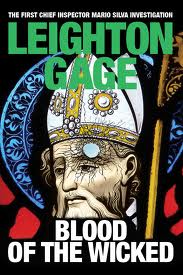 related post: Book Review: Blood of the Wicked by Leighton Gage
related post: Book Review: Blood of the Wicked by Leighton Gage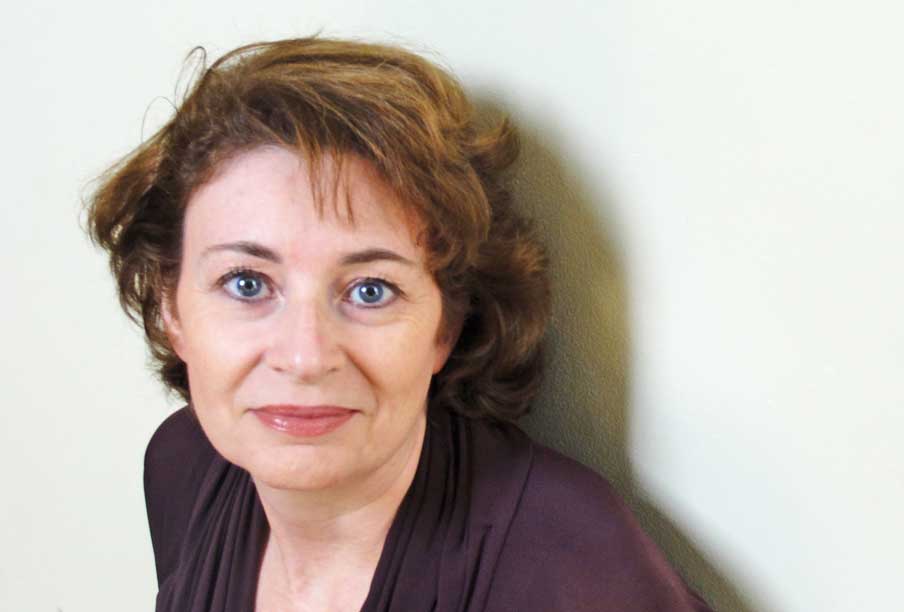

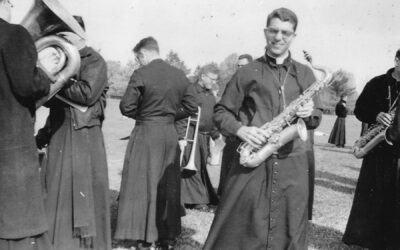



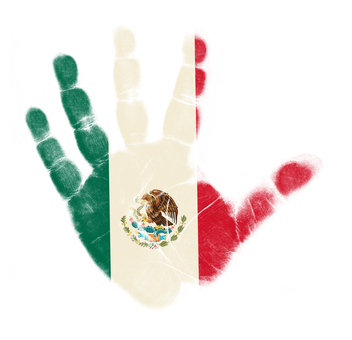 Authorities in Mexico City say the students were rounded up by police “allegedly on the orders of the mayor of the nearby town of Iguala, “who wanted to prevent them from disrupting a speech his wife was giving at a public event that evening.” The students were then handed over to a gang known for violence. Gang members killed the students, burned the bodies, and discarded the remains in trash bags. One student has been identified from the remains. No closure for the other 42 families as of yet, despite more arrests.
Authorities in Mexico City say the students were rounded up by police “allegedly on the orders of the mayor of the nearby town of Iguala, “who wanted to prevent them from disrupting a speech his wife was giving at a public event that evening.” The students were then handed over to a gang known for violence. Gang members killed the students, burned the bodies, and discarded the remains in trash bags. One student has been identified from the remains. No closure for the other 42 families as of yet, despite more arrests. This coming Sunday, Greeks will take to the polls in yet another drama related to the country’s ongoing financial crisis and overwrought political scene. Riding high is
This coming Sunday, Greeks will take to the polls in yet another drama related to the country’s ongoing financial crisis and overwrought political scene. Riding high is 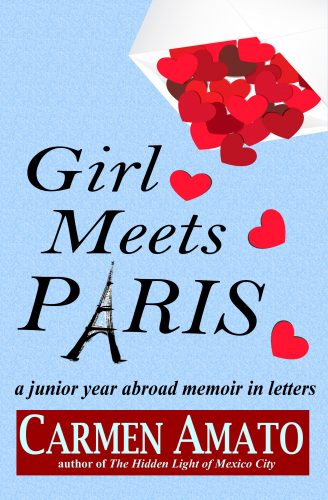 But the news coming out of Paris this month has been nothing like that. Terrorist rampages, manhunts, sleeper cells, mass shootings. Like so many others, I’ve been glued to the news, remembering locations and events that brought me so much joy, and shocked by what today’s journalists are reporting.
But the news coming out of Paris this month has been nothing like that. Terrorist rampages, manhunts, sleeper cells, mass shootings. Like so many others, I’ve been glued to the news, remembering locations and events that brought me so much joy, and shocked by what today’s journalists are reporting.





